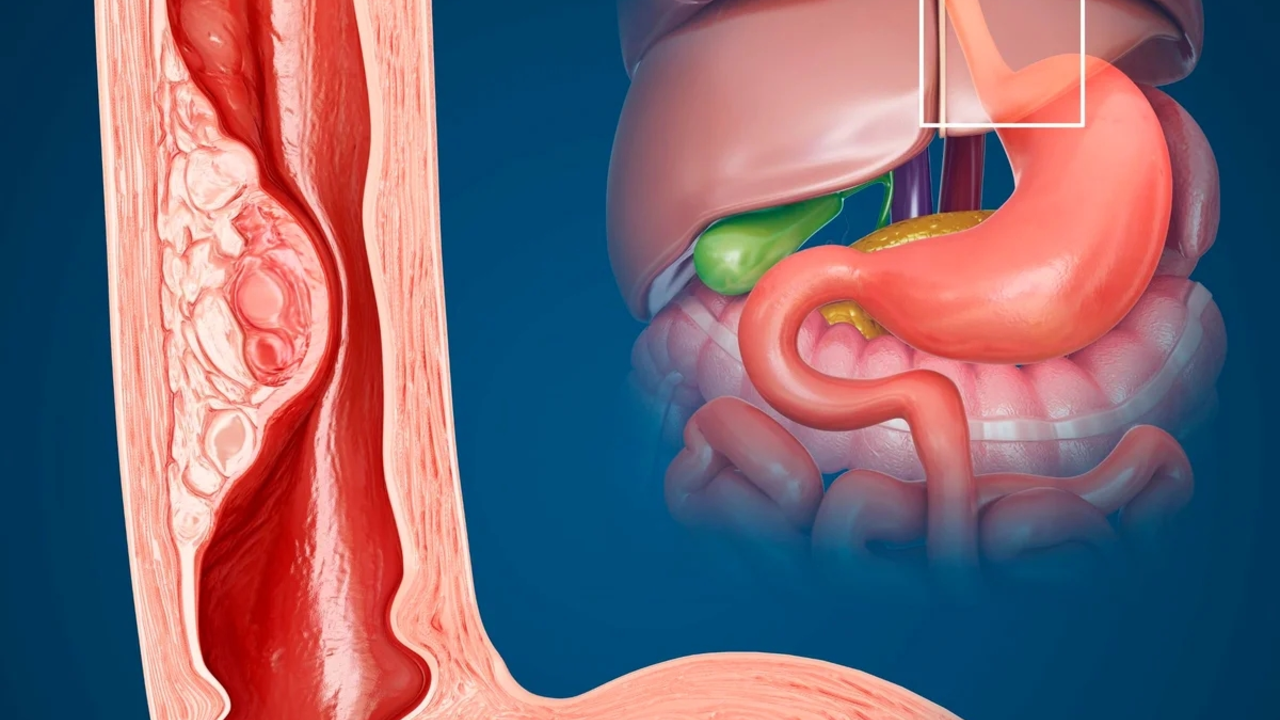Workplace Health: Practical Tips to Stay Well on the Job
Headaches, tight shoulders, low energy—sound familiar by late afternoon? Workplace health covers those everyday problems and bigger risks like injuries, burnout, and contagious sickness. You don’t need fancy programs to make a difference. Small, consistent steps change how you feel at work.
Daily moves that actually help
Start with habits you can keep. Try these simple actions and see what improves in a week.
- Fix your screen and chair: Top of the monitor at eye level, elbows at 90°, feet flat. Even tiny alignment changes cut neck and back strain.
- Micro-breaks: Stand or stretch for one minute every 30–45 minutes. Walking 5 minutes each hour boosts circulation and focus.
- 20-20-20 rule: Every 20 minutes, look 20 feet away for 20 seconds to reduce eye strain.
- Hydrate and eat intentionally: Keep a water bottle at your desk and schedule a proper lunch away from screens to reset energy and digestion.
- Hand hygiene: Wash or sanitize hands before eating and after touching shared surfaces—an easy step that lowers sick days.
If you have a specific pain (wrist, lower back), try one targeted change: wrist support for typing, or a short lumbar roll for sitting. If pain sticks around, see a clinician—don’t ignore it.
Small employer moves that protect teams
Managers can set a tone that actually helps. Offer clear sick-leave rules so sick people stay home; make cleaning supplies and hand sanitizer available; and set expectations around breaks. A quiet room or a short walk policy for deep work reduces stress and errors.
Simple equipment upgrades often pay off fast: adjustable chairs, monitor arms, and keyboard trays cut nuisance injuries. Consider a basic ergonomic assessment for roles with heavy computer or manual tasks. Training staff for safe lifting, proper posture, and incident reporting prevents bigger problems later.
Mental health matters as much as physical health. Quick wins: regular check-ins, flexible schedules when possible, and access to counseling or an employee assistance program. Normalize taking breaks and managing workload before people reach burnout.
Air quality and infection control are practical, not optional. Improve ventilation where you can, encourage vaccination during outbreak seasons, and use cleaning routines that focus on high-touch areas. These steps lower absenteeism and keep productivity steady.
Start with one change this week: set your monitor to the right height, take a midday walk, or update your sick-leave message so people know it’s okay to stay home when sick. Track what improves—less pain, better focus, fewer colds—and build on that. Good workplace health is a few small actions repeated every day.

How to Manage Erosive Esophagitis Symptoms at Work
Jun 28 2023 / Health and WellnessManaging erosive esophagitis symptoms at work can be quite a challenge, but with a few tips, it's doable. First, it's important to stick to a diet that minimizes acid reflux, which means avoiding spicy and fatty foods, and having smaller, more frequent meals. Drinking plenty of water helps too. It's also crucial to take breaks and avoid stressful situations as stress can worsen symptoms. Lastly, always have your prescribed medication on hand and take it as directed by your doctor.
VIEW MORE